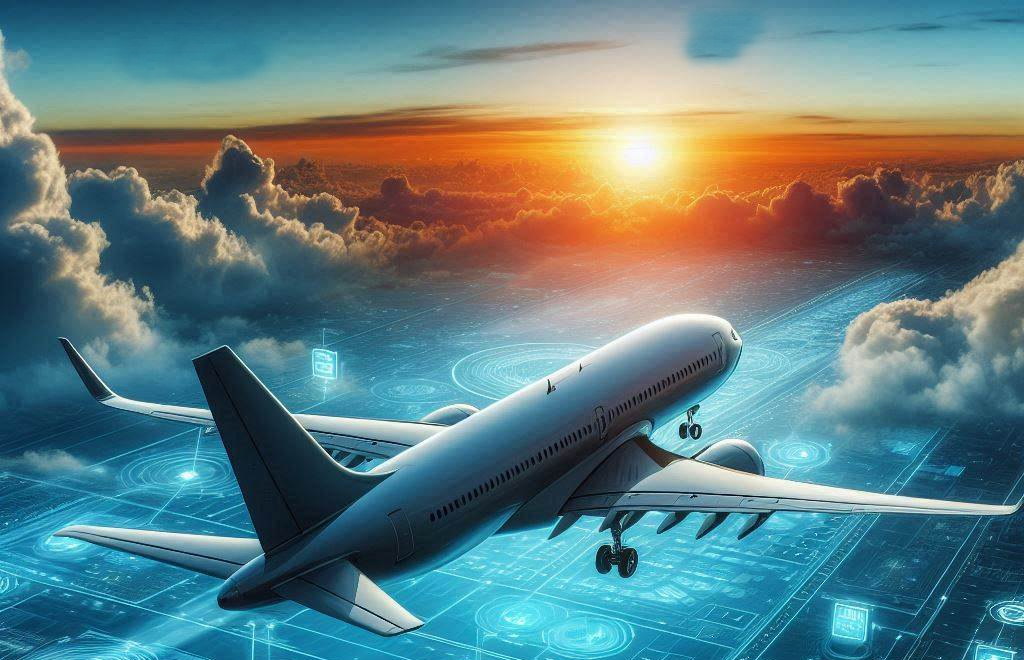Aircraft Sensors are vital components in the aviation industry, playing a crucial role in monitoring and transmitting data related to various parameters such as temperature, pressure, altitude, speed, and more. These sensors ensure the safety, efficiency, and reliability of aircraft operations. They are integral to avionics, engine monitoring, navigation systems, environmental control, and other essential aircraft systems. The global aircraft sensors market is experiencing significant growth due to advancements in sensor technologies, increasing demand for modern aircraft, and stringent safety regulations.
Industry Trends
-
Technological Advancements:
- Miniaturization and Integration: Smaller, lighter sensors are being developed to fit into compact spaces within aircraft, enhancing overall design and performance.
- Wireless Sensor Networks: Wireless sensors reduce wiring complexity and weight, improving fuel efficiency and maintenance ease.
- Advanced Materials: New materials like graphene and MEMS (Micro-Electro-Mechanical Systems) are improving sensor performance, durability, and sensitivity.
-
Increased Automation and IoT:
- Smart Sensors: IoT integration in aviation is leading to smart sensors that communicate with each other and ground-based systems for real-time data and predictive maintenance.
- Autonomous Aircraft: The push for autonomous and remotely piloted aircraft drives demand for sophisticated sensors to ensure safe and efficient operations.
-
Sustainability and Efficiency:
- Fuel Monitoring: Advanced sensors monitor fuel usage and efficiency, helping airlines reduce costs and emissions.
- Environmental Monitoring: Sensors that track turbulence, weather, and atmospheric data enhance flight safety and efficiency.
-
Enhanced Safety and Security:
- Health Monitoring Systems: Continuous monitoring of aircraft structures and systems (engines, airframes) through sensors aids in preventive maintenance and early issue detection.
- Cybersecurity: With increased connectivity, robust cybersecurity for sensor data and communication systems is vital.

Download PDF Brochure: https://www.marketsandmarkets.com/pdfdownloadNew.asp?id=53630527
Opportunities
-
Growing Commercial Aviation Sector:
- Fleet Expansion: The expanding global airline fleet due to increasing passenger and cargo traffic drives demand for new aircraft with advanced sensors.
- Retrofitting and Upgrades: Existing aircraft are being upgraded with modern sensor systems to improve performance, safety, and regulatory compliance.
-
Military and Defense Applications:
- Advanced Military Aircraft: Next-generation military aircraft rely heavily on cutting-edge sensor technology for enhanced capabilities.
- Unmanned Aerial Vehicles (UAVs): Increasing use of UAVs in defense applications boosts demand for precise navigation and operational sensors.
-
Emerging Markets:
- Urban Air Mobility (UAM): The rise of UAM and electric vertical takeoff and landing (eVTOL) aircraft presents new opportunities for specialized sensor solutions.
- Space Exploration: Growing commercial space travel and satellite deployment increase demand for sensors that operate in extreme conditions and provide accurate data.
Market Dynamics
-
Drivers:
- Technological Innovations: Continuous advancements in sensor technology enhance capabilities, reliability, and accuracy, driving market growth.
- Regulatory Compliance: Stringent safety and environmental regulations necessitate advanced sensor systems in new and existing aircraft.
- Increasing Air Traffic: Rising global air traffic, especially in emerging markets, boosts demand for new aircraft and sensor systems.
-
Challenges:
- High Development Costs: Developing and certifying advanced sensors can be costly, posing a barrier to new market entrants.
- Technical Complexity: Creating sensors that operate reliably under extreme conditions and integrate seamlessly with aircraft systems requires significant expertise.
- Supply Chain Disruptions: Global supply chain issues, such as those caused by geopolitical tensions or pandemics, can impact sensor component production and delivery.
Ask for Sample Report: https://www.marketsandmarkets.com/requestsampleNew.asp?id=53630527
Partnerships and Collaborations
-
Industry-Academic Collaborations:
- Partnering with universities and research institutions can drive innovation in sensor technology through academic expertise and research capabilities.
-
Government and Industry Partnerships:
- Collaborations between government agencies and private companies can facilitate advanced sensor system development and implementation, particularly for defense and public safety.
-
Cross-Industry Alliances:
- Alliances between aerospace companies and sensor manufacturers can lead to customized solutions that address specific industry needs and enhance system performance.
Key Companies
-
Honeywell International Inc.:
- A leading provider of aerospace technologies, Honeywell offers a wide range of sensors for aircraft systems, including pressure, temperature, and health monitoring sensors.
-
General Electric (GE) Aviation:
- GE Aviation supplies advanced sensors for various aircraft applications, leveraging its expertise in engines and avionics to provide reliable, high-performance solutions.
-
TE Connectivity Ltd.:
- Known for robust sensor solutions catering to harsh environments, TE Connectivity provides essential data for aircraft performance, safety, and efficiency.
-
Safran Electronics & Defense:
- Safran specializes in avionics and sensor systems for commercial and military aircraft, focusing on innovation and reliability to meet stringent industry standards.
-
Raytheon Technologies (Collins Aerospace):
- Collins Aerospace offers an extensive portfolio of aircraft sensors, including navigation, environmental, and engine sensors.
-
Thales Group:
- Thales provides a comprehensive range of sensors for avionics, flight control, and navigation systems, emphasizing advanced technology and integration capabilities.
The global aircraft sensors market is set for substantial growth driven by technological advancements, increasing demand for modern aircraft, and the need for enhanced safety and efficiency. Key industry players are focusing on innovation, strategic partnerships, and addressing market challenges to capitalize on emerging opportunities. As the aviation industry evolves, advanced sensor technology will play a critical role in ensuring the safety, reliability, and sustainability of air travel, emphasizing secure, efficient, and seamless operations.
